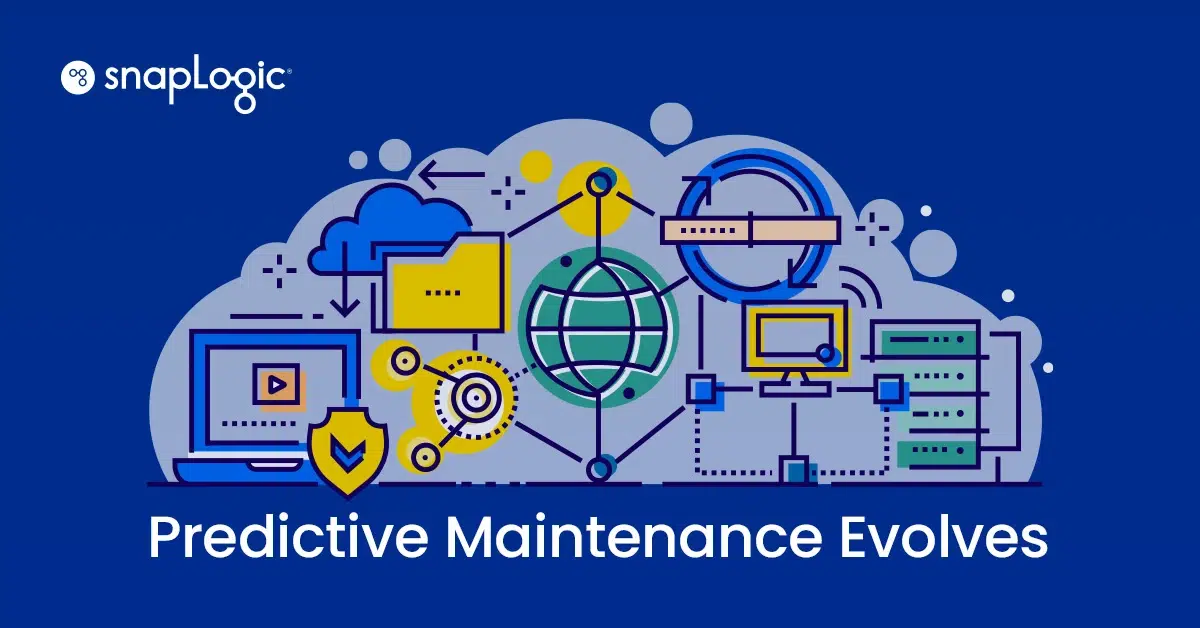Embracing the future with predictive maintenance
Predictive maintenance, a cornerstone of modern industrial operations, is a proactive approach that relies on data analysis tools and techniques to detect anomalies and predict equipment failures before they occur.
This method contrasts sharply with traditional reactive maintenance, where repairs are made after a failure has occurred, and preventive maintenance, where components are replaced on a scheduled basis regardless of their current state. Predictive maintenance harnesses the power of data analytics, machine learning, and IoT (Internet of Things) devices to monitor the condition and performance of equipment in real time.
For integration experts, the significance of predictive maintenance lies in its ability to streamline operations, enhance efficiency, and reduce downtime. By predicting potential issues before they manifest, businesses can schedule repairs and maintenance at the most opportune times, minimizing disruption to operations. This not only leads to a significant reduction in unplanned downtime but also extends the lifespan of equipment, ensuring a better return on investment.
Furthermore, predictive maintenance provides a wealth of data that can be used to optimize the performance of systems and processes, leading to improved productivity and cost savings. In an era where industries are rapidly embracing digital transformation, understanding and implementing predictive maintenance is crucial for staying competitive and maximizing operational efficiency. This transition, driven by the collaborative innovation of Infosys, AWS, and SnapLogic, is reshaping how industries manage equipment and ensure operational excellence.
The challenges of conventional maintenance approaches
The story of industrial maintenance was once mired in outdated practices, presenting numerous challenges:
- Reactive maintenance: Industries were often caught off-guard by equipment failures, resulting in unplanned downtime, escalated costs, and damaged reputations.
- Data silos: Fragmented data across systems led to disjointed decision-making and compromised operational insights.
- Resource intensity: Traditional maintenance practices demanded excessive resources, leading to disrupted workflows and a negative environmental impact.
- Safety risks: Neglected equipment upkeep increased the likelihood of workplace accidents, presenting severe safety and legal concerns.
- Inconsistent maintenance schedules: Unpredictable maintenance schedules caused either excessive or insufficient equipment care, accelerating wear and tear.
The initial response to these challenges came in the form of preventive and condition-based maintenance methods. However, these solutions fell short in delivering real-time analytics and a comprehensive understanding of equipment health, thus failing to fully address the needs of modern industry.
The vision of Infosys, AWS, and SnapLogic
In response to these gaps, the combined expertise of Infosys, AWS, and SnapLogic brought forth a transformative vision for maintenance. Their absence in the industry would have left businesses struggling with continued inefficiencies and financial burdens.
The collaboration of these tech leaders using AWS IoT, AWS SageMaker, and SnapLogic’s capabilities marked a pivotal change. Without adopting these advancements, industries risked persistent operational inefficiencies and escalating maintenance costs.
Advantages of predictive maintenance
The automotive sector exemplifies the negative impact of overlooking predictive maintenance. Failure to adopt these advancements resulted in unexpected downtimes, increased maintenance costs, and significant repercussions on supply chains and customer satisfaction.
The adoption of predictive maintenance has led to numerous benefits:
- Minimized downtime: Predictive insights significantly reduced operational interruptions.
- Cost optimization: Strategic maintenance planning led to notable cost savings and resource efficiency.
- Enhanced quality and reliability: Regular, data-driven maintenance improved product quality and reliability, boosting market standing.
- Extended equipment lifespan: Machinery enjoyed a prolonged operational life due to regular, informed upkeep.
- Safer work environments: Enhanced equipment reliability led to improved workplace safety.
The evolution continues at AWS re:Invent
As this journey in predictive maintenance unfolds, it’s clear that this evolution is an ongoing process. Infosys and SnapLogic extend an invitation to experience this transformation firsthand at AWS re:Invent. This narrative is more than just about change; it’s about redefining excellence in maintenance, where predictive strategies are not merely operational choices but keys to a future of efficiency, reliability, and innovative progress.











